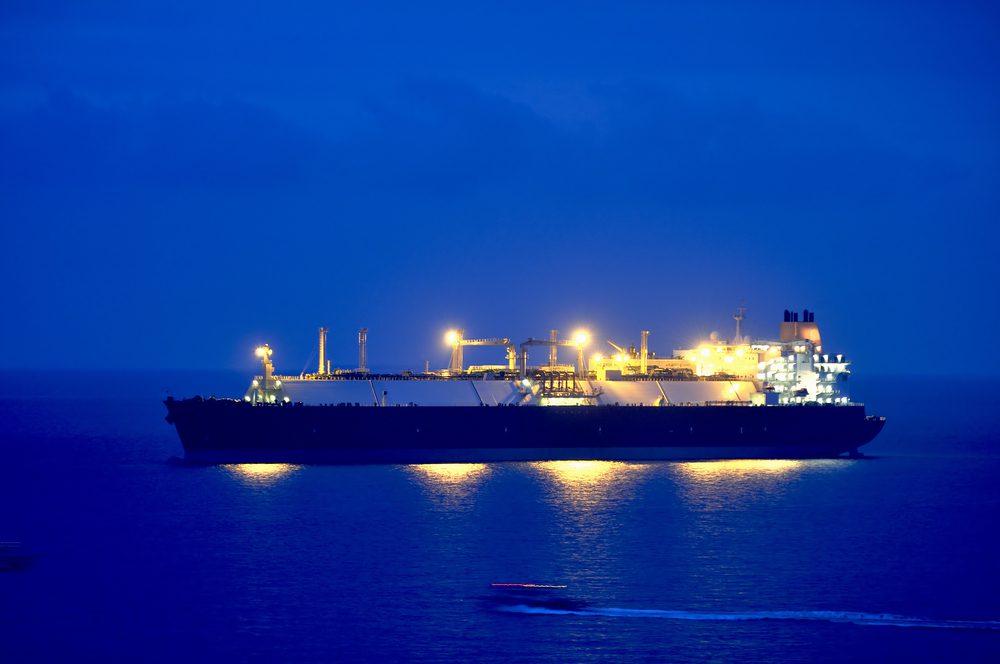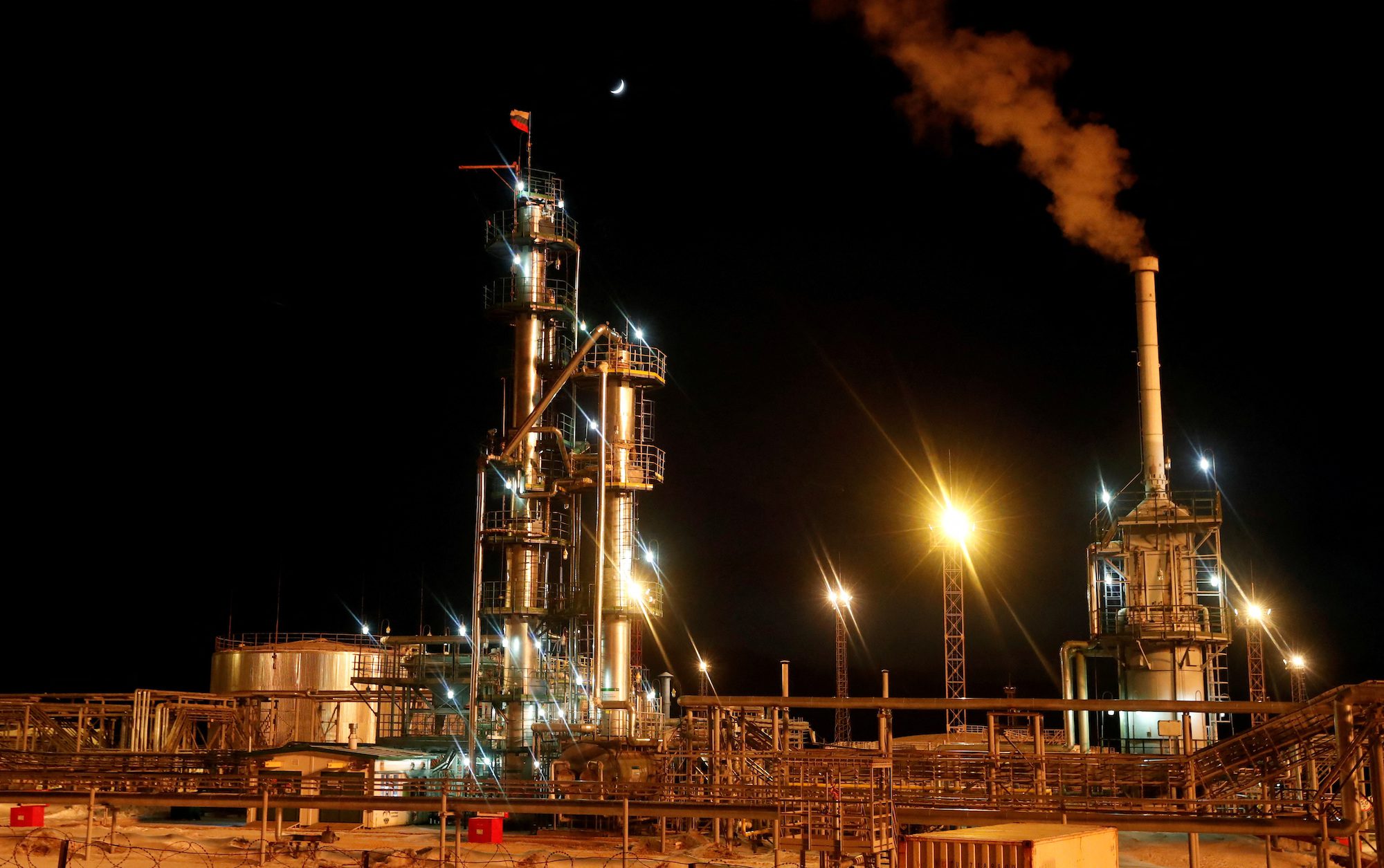By Oleksandr Kalinichenko / Shutterstock
By Anna Shiryaevskaya (Bloomberg) — The rollercoaster that drags liquefied natural gas prices higher as demand jumps in the northern hemisphere winter is going into overdrive.
After a winter in which an unexpected boost in demand from China pushed prices to three-year highs, spot LNG in northeast Asia has plummeted about 30 percent from its mid-January peak. Summer plunges and winter spikes are the order of the day, at least over two years, said Pablo Galante Escobar, head of LNG at Vitol Group, a commodities trading house active in LNG.
“Seasonality will be much more accentuated,” Escobar said at the International Petroleum Week in London. “We’ll have weak summers and strong winters, with China playing such a big role in the market.”
China, which boosted LNG imports 46 percent last year as it turned to natural gas to combat pollution from coal, lacks the storage facilities that would help smoothen out the swings in prices between winter and summer. Rising global production paired with limited or falling demand in traditional summer markets might exacerbate those moves.
During the next two summers, there will be “a lot of pressure” on prices as additional LNG arrives from Australia, the U.S. and Russia, said Escobar. Yamal LNG, a northern Siberian plant that started exporting in December, will also play a role in this, as tankers will be taking the shortest route to the Far East via the Northern Sea Route between June and November, setting prices in the biggest consuming region.
On top of that, Egypt’s plans to stop LNG imports this year thanks to booming domestic production will push the market into a “structural oversupply, particularly in the summer months” for the next two to three years, he said.
The overhang in LNG is expected to remain until at least 2022, Tor Martin Anfinnsen, a senior vice president at Norway’s Statoil ASA, said in an interview. Seasonality will depend on the expansion of the fuel’s use in power generation rather than its more traditional, weather-dependent use in heating, he said.
Of course, cheaper prices in the northern hemisphere summer will be welcomed by buyers in South America, as well as in the Middle East and southern Europe where the fuel is used to meet power-generation demand for cooling. Others may also benefit, with nations such as Lithuania eyeing seasonally cheaper LNG.
“This is a seasonal business and clearly this hangs upon certain factors which are difficult to predict, notably demand in Far East,” said Franco Magnani, chief executive officer for trading and shipping at Italy’s Eni SpA. “We see it as quite an interesting market for trading purposes, there is optimization to be done.”
China’s impact on seasonality may not last long as the nation will quickly build storage, leaving weather as the dominant factor, said Melissa Stark, managing director, Energy and Utilities, at Accenture Plc.
“With the Chinese being very quick to do anything really I don’t think that the exaggerated seasonality would last,” she said. “But when you have extremely cold winters in the U.S. or in Europe, it makes a huge difference, or even extreme warm summers in the U.S. That is going to drive volatility.”
© 2018 Bloomberg L.P

 Join The Club
Join The Club











